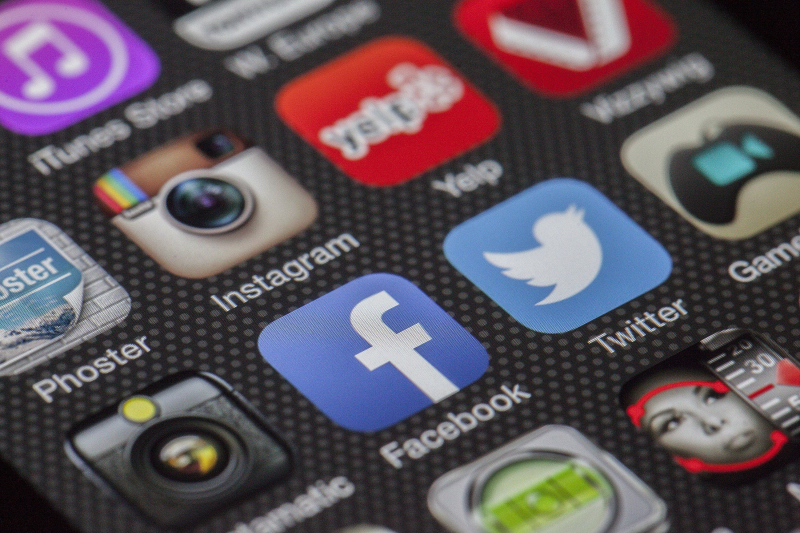Social Media and Face-to-Face Communication
Essay topic: Social Media and Face-to-Face Communication.
Answer:
In today's world, communication takes various forms, notably through social media and face-to-face interactions. These two modes of communication offer distinct experiences, each with its own advantages and drawbacks.
When we consider social media, we enter a virtual realm where people connect online. Platforms like Facebook, Instagram, and Twitter enable us to share thoughts, photos, and messages instantly. Social media provides a vast audience and quick communication, allowing individuals to stay connected across distances.
On the contrary, face-to-face communication occurs in the physical presence of others. It involves direct interaction, where people engage in conversations, observe body language, and share experiences in real-time. This form of communication fosters a deeper understanding and a more personal connection.
One notable difference lies in the speed of communication. Social media facilitates rapid exchanges, allowing users to share updates and receive responses instantly. Face-to-face communication, however, unfolds at a more measured pace, allowing for nuanced conversations and deeper connections.
Additionally, social media offers a platform for self-expression, where individuals can curate their online presence. However, this curated identity may not always reflect the full complexity of a person. In face-to-face interactions, authenticity is more immediate, as people express themselves in real-time without the filter of online personas.
While social media enables connections globally, it sometimes lacks the depth of emotional connection found in face-to-face communication. Facial expressions, gestures, and vocal nuances are integral aspects of face-to-face interactions that contribute to understanding emotions and building trust.
In conclusion, social media and face-to-face communication serve as distinctive modes of connecting with others. Social media offers speed and a global reach, while face-to-face communication provides depth, authenticity, and a more profound emotional connection. Balancing these two forms of communication is crucial in navigating the diverse landscape of human interaction in our modern age.












